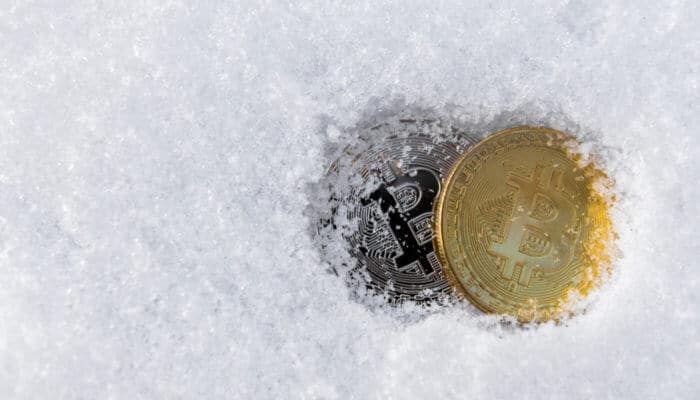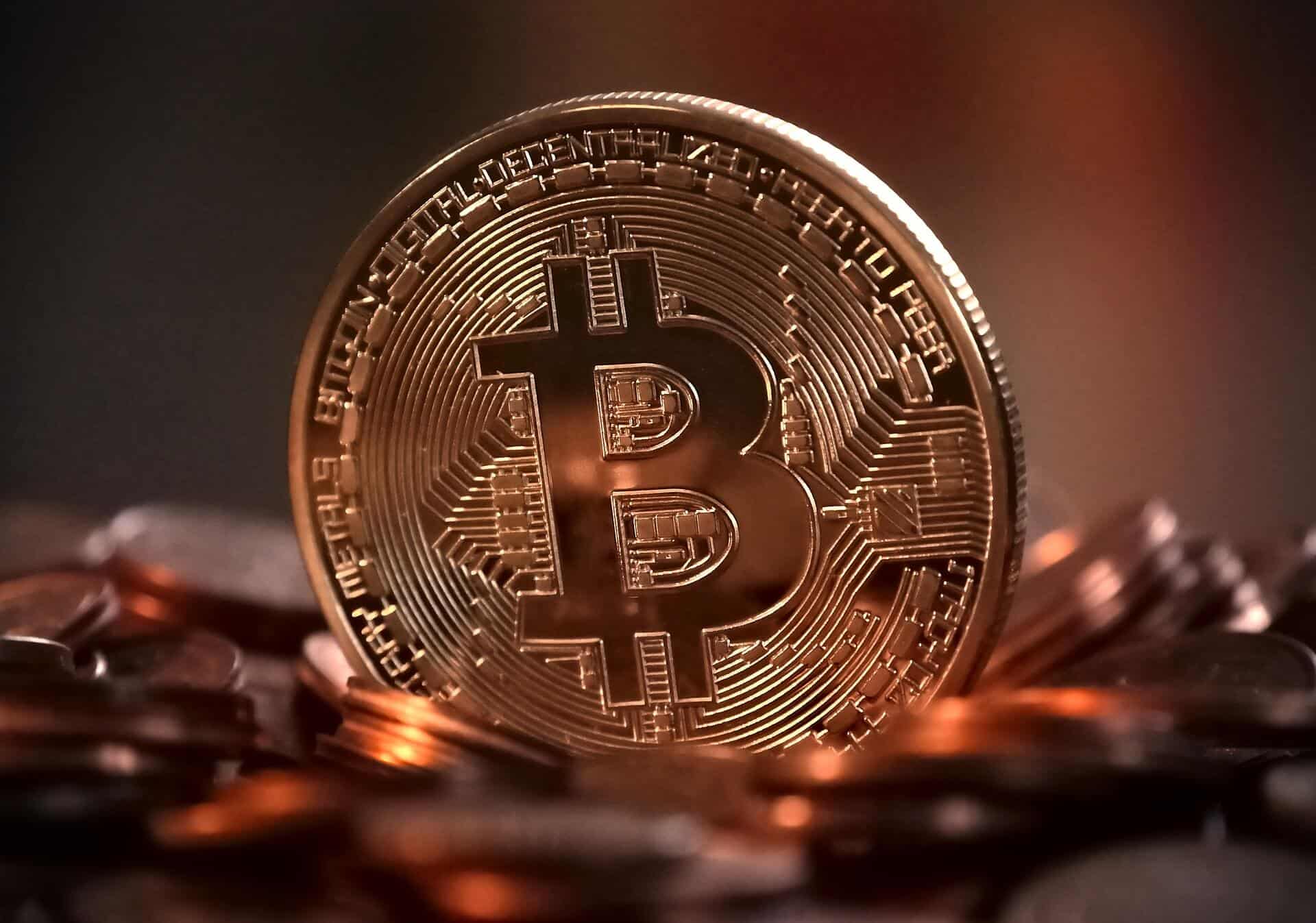Join Our Telegram channel to stay up to date on breaking news coverage
The hallmark of digital assets will have to be getting listed on cryptocurrency exchanges; especially one with a stellar reputation and which is popular in the crypto ecosystem.
It is an accomplishment that shows the approval of a recognized body in the industry, as well as the thousands (or, in some cases, millions) of people who go on there to buy cryptocurrency, trade, and transact. However, not every crypto asset has been able to get listed. For every Bitcoin that continues to trade unencumbered, there’s a Health Cash (HLTH) which, for some reason or the other, never made it to the listing stage. So, it begs the question; how do exchanges vet crypto assets, and what are the criteria that determine whether one is ready to be listed?
Binance
Binance is the world’s largest crypto exchange by adjusted daily trading volumes. However, the exchange’s commitment to security and compliance is what has put it in high regard amongst lawmakers and crypto enthusiasts. Binance U.S., the exchange’s American-based subsidiary, follows the Digital Asset Risk Management Framework, which imposes some rather strict safety requirements. To start with, an asset needs to comply with Anti-Money Laundering (AML) and Counter-Terrorist Financing (CFT) rules.
Other qualifications include a strategic vision for the asset to solve real-world issues, the ability of the community to organize in a way that will help the development of the project, supply and demand requirements, and both security and feasibility of the underlying technology. Under this framework, assets will need to pass screening guidelines and also go through an internal review.
Coinbase
Coinbase is another exchange based out of the U.S. Unlike our Binance review; its standards are rather specific. To get listed on Coinbase, an asset will need to check six boxes; conformity to the core values of the exchange, market supply, regulatory compliance, technological stability, market demand, and crypto-economics.
Coinbase is also rather detailed about its review process. The engineering team, as well as their track record, will be examined, and they will need to display proactivity as regards fixing vulnerabilities. The exchange can also help with security and getting the asset up to standard, although they reserve the right to charge for any services rendered during the evaluation process as well.
Bitfinex
Based in on gong, Bitfinex has a pretty straightforward listing policy. According to Chief Technology Officer Paolo Ardoino, the exchange works with several parameters to decide the assets and blockchains that will be listed. Amongst other things, Bitfinex considers project quality, the security of the smart contracts (or blockchain, as the case may be), as well as the maintenance status and availability of the assets source code. “Above all these parameters, we adhere to all applicable laws,” he said.
Bittrex
The Seattle based Bittrex looks into factors such as blockchain innovation, the range of the assets use cases, market indicators, and the reputation of the development team before listing a crypto asset.
However, a coin will need to also go through two processes to get listed as well. The full review process deals with compliance, and it includes legal clarification and a statement attesting that the asset qualifies as a Virtual Financial Asset (VFA) under Maltese law. The exchange also takes public demand seriously. A lack of interest from customers has been identified as a significant trigger for delisting. Other delisting triggers include a lack of technological robustness, compliance issues, and unresponsiveness (or the otherwise inability) of its developers to respond to vulnerabilities.
Join Our Telegram channel to stay up to date on breaking news coverage


